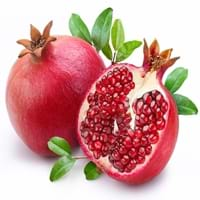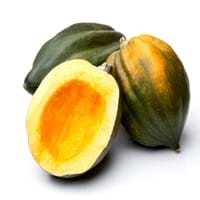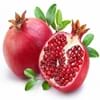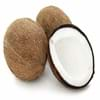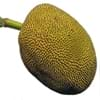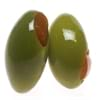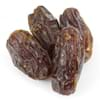Health Benefits
Cancer prevention, Heart care, Helps in cartilage regeneration, Improves stomach health, Increase in haemoglobin, Increases metabolic rate, Prevents constipation
Anti-inflammatory properties, Arthritis treatment, Regulates Blood Sugar
General Benefits
Boosts immune system, Controls blood pressure, Controls blood sugar levels, Digestive aid, Maintains healthy cholesterol level
Boosts immune system, Controls blood sugar levels, Digestive aid
Skin Benefits
Anti-aging benefits, Skin rejuvenation, Treatment of acne
Nourishes skin, Protects skin from oxidative stress
Hair Benefits
Prevents hair loss, Promotes longer and healthier hair, Treatment of dandruff
Prevents hair loss, Promotes longer and healthier hair, Regulates hair growth
Allergy Symptoms
Abdominal pains, Anaphylaxis, Itching
Asthma, Red rash, Swelling of mouth, tongue or lips
Side Effects
Allergic reaction, Cold, Breathing difficulty, Irritation, Swelling
Diarrhoea, Vomiting
Best Time to Eat
Best if taken as a breakfast (or empty stomach), As a snack in the late afternoon, Eat the fresh ones, avoid mixing with any other foods, don't eat after meal., Morning time (before lunch)
Along with meal, As a snack in the late afternoon, Don't eat after meal, Eat the fresh ones, avoid mixing with any other foods, don't eat after meal.
Vitamin B5 (Pantothenic Acid)
Vitamin C (Ascorbic Acid)
Vitamin E (Tocopherole)
Not Available
Vitamin K (Phyllochinone)
Not Available
Lutein+Zeaxanthin
Not Available
Calories in Fresh Fruit with Peel
Not Available
Calories in Fresh Fruit without Peel
Not Available
Calories in Frozen Form
Not Available
Calories in Canned Form
Not Available
Varieties
Balegal, Crab, Cloud, Francis, Freshman and Granada
Bush Table Queen, Heirloom Table Queen, Festival Hybrid, Early Acorn Hybrid, Table Ace, Ebony and Cream of the Crop
Color
Dark red, Light pink-red
Dark green, Green-yellow, Orange green
Taste
Juicy, Sweet
Sweetish
Origin
India, Iran
Central America, North America, Unknown
Soil Type
Clay, Sand
Well-drained
Climatic Conditions
Cold, Dry, Hot
Cold, Sunny
Facts about
- Pomegranate means apple with many seeds.
- It was called as the “apple of Grenada” in early English.
- In Hinduism, this fruit symbolizes prosperity and fertility.
- Pomegranate trees can live upto 200 years.
- It was named as Acorn Squash for its resemblance to a large ribbed acorn.
- It is said that squash was being grown in Mexico as long as 10,000 years ago.
- It was the first food cultivated by native American Indians.
Other Countries
Africa, India, Middle east, Pakistan
Egypt, India, Iran, Italy, Mexico, Russia, Turkey, Ukraine, United States of America
Top Importer
Europe
Costa Rica
Top Exporter
India
United States of America
Botanical Name
Punica granatum
Cucurbita Pepo
Synonym
Punica malus
Winter Squash
Subkingdom
Tracheobionta
Tracheobionta
Division
Magnoliophyta
Magnoliophyta
Class
Magnoliopsida
Magnoliopsida
Subclass
Rosidae
Dillenhidae
Order
Myrtales
Cucurbitales
Family
Lythraceae
Cucurbitaceae
Generic Group
Pomegranate
Not Available
Difference Between Pomegranate and Acorn squash
We might think that Pomegranate and Acorn squash are similar with respect to nutritional value and health benefits. But the nutrient content of both fruits is different. Pomegranate and Acorn squash Facts such as their taste, shape, color, and size are also distinct. The difference between Pomegranate and Acorn squash is explained here.
The amount of calories in 100 gm of fresh Pomegranate and Acorn squash with peel is Not Available and 40.00 kcal and the amount of calories without peel is 83.00 kcal and Not Available respectively. Thus, Pomegranate and Acorn squash belong to High Calorie Fruits and Low Calorie Fruits category.These fruits might or might not differ with respect to their scientific classification. The order of Pomegranate and Acorn squash is Myrtales and Cucurbitales respectively. Pomegranate belongs to Lythraceae family and Acorn squash belongs to Cucurbitaceae family. Pomegranate belongs to Punica genus of P. granatum species and Acorn squash belongs to Cucurbita genus of Pepo species. Beings plants, both fruits belong to Plantae Kingdom.
